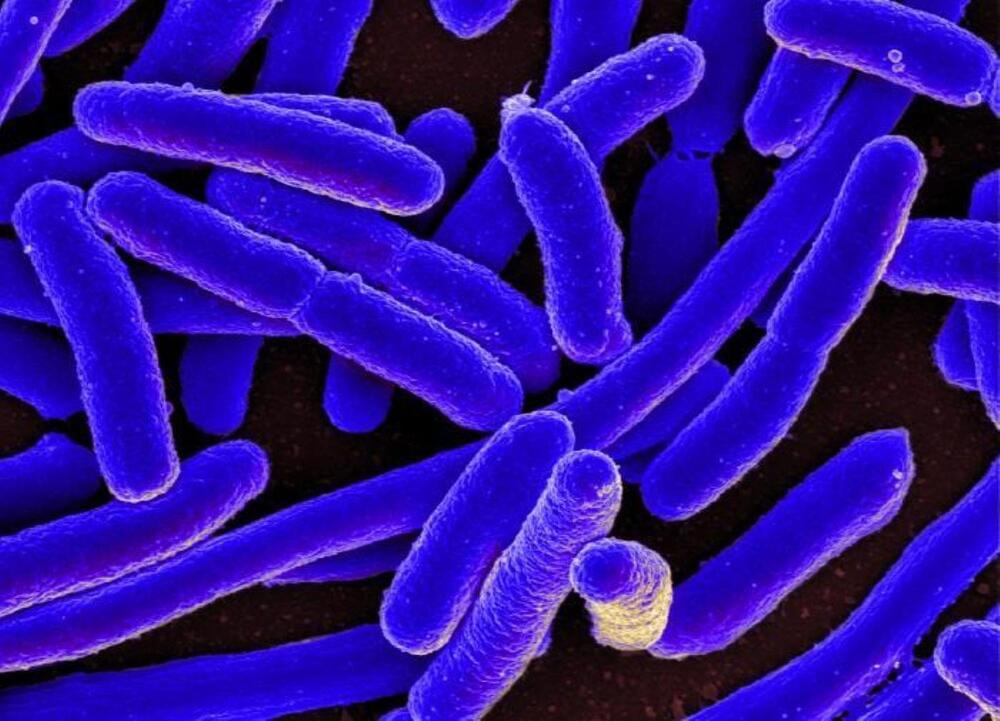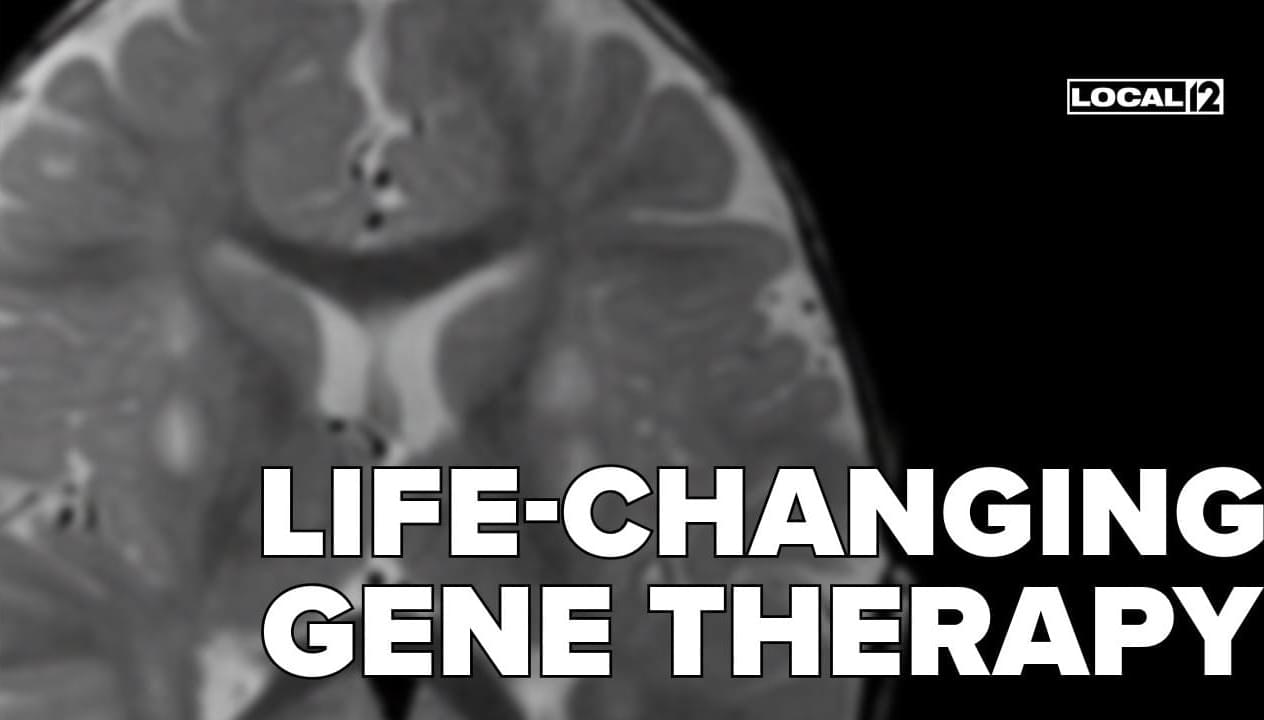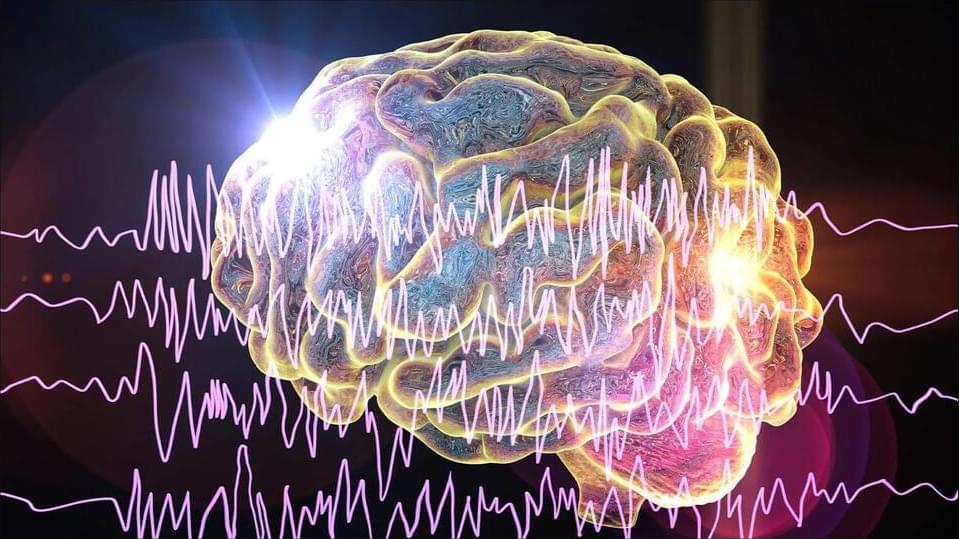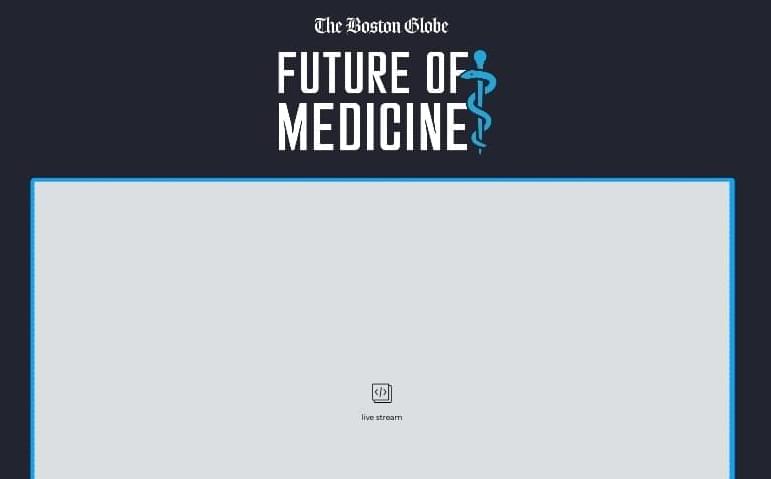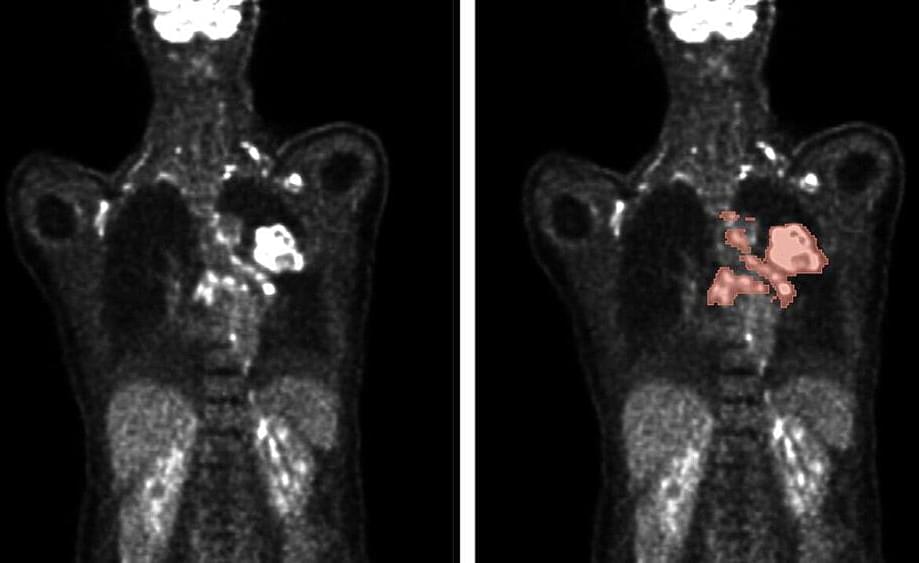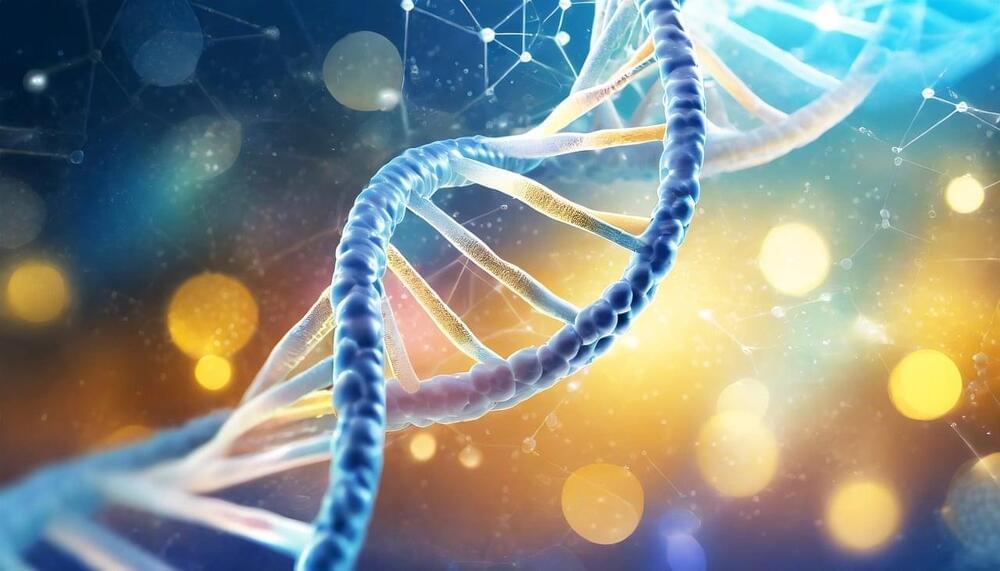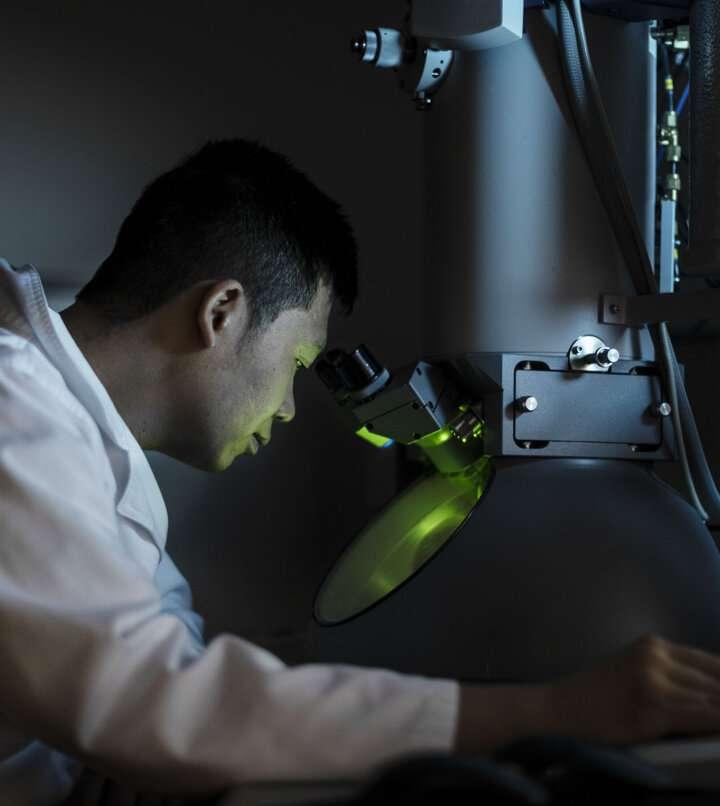Nov 30, 2024
The Only Known Natural Nuclear Reactor On Earth Is 2 Billion Years Old
Posted by Genevieve Klien in categories: biotech/medical, nuclear energy
Long before humans began creating nuclear reactors to fulfill our ridiculous energy needs, back when the Earth was dominated by microbes, in fact, nature beat us to it and built the first nuclear reactor on Earth.
In May 1972, a physicist at a nuclear processing plant in Pierrelatte, France, was conducting analysis on uranium samples when he noticed something pretty strange. In usual uranium ore deposits, three different isotopes are found; uranium 238, uranium 234, and uranium 235. Of these, uranium 238 is the most abundant, while uranium 234 is the rarest. Isotope 235 makes up around 0.72 percent of uranium deposits, and is the most coveted, as if you can enrich it past 3 percent it can be used to create a sustained nuclear reaction.
Continue reading “The Only Known Natural Nuclear Reactor On Earth Is 2 Billion Years Old” »


